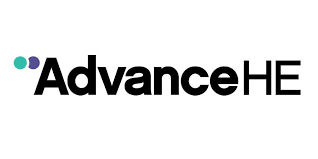In the ever-evolving landscape of higher education, employability has taken centre stage as a key metric for assessing the quality of provision in universities. It's no longer just about earning a degree; it's about preparing students for a successful transition into the workforce. In this blog, I will share my journey through a collaborative institutional review of employability at Bangor University, shedding light on our approach, outcomes and the transformative initiatives it has set in motion.
In recent years, employability has become a critical factor in a student's decision to attend university. A report by Neves and Hewitt (2020) highlighted that 'getting on the career ladder' and 'going on to higher levels of study' are the top drivers for students pursuing higher education. Success metrics for these drivers are provided by the Graduate Outcomes survey (GO), which tracks the employment status of alumni 15 months post-graduation. The latest data, released in June 2023, revealed that 90% of respondents were engaged in work or further study, but also uncovered a 5% unemployment rate, gender pay gaps and an ethnicity employment gap. This data underscores the need for universities to take a proactive approach to boost graduate employability.
One of the key challenges of enhancing employability, enterprise and entrepreneurship in higher education is getting students to actively engage with initiatives. With academic demands, social pressures and financial constraints competing for their attention, students often struggle to prioritise career development. While students may know the importance of improving their CVs, networking at career fairs and attending workshops, these activities often take a back seat to more immediate concerns.
Bangor University's Employability Strategy 2030 set the stage for our renewed focus on employability. Our vision was to provide all students with a transformative experience that enhances employability, self-esteem and skills for life. To achieve this, the University appointed me in the role of new Associate Pro-Vice Chancellor for Employability. In this role, I led an institutional review of employability intended to identify areas for development and growth.

